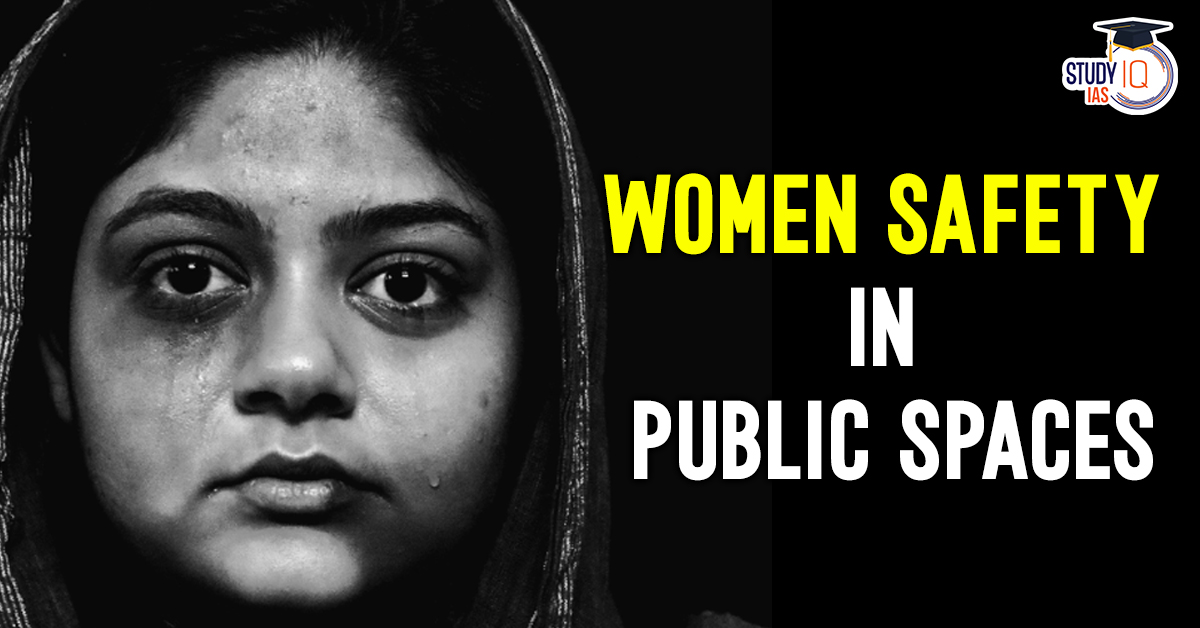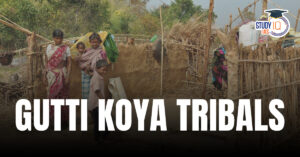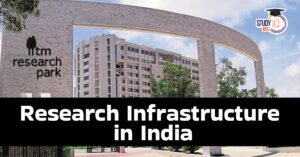Table of Contents
Context: Despite stringent laws, women remain far from feeling safe in most public spaces.
Women Safety in Public Spaces: Related Issues
There are several key issues related to women safety in public spaces, including harassment, inadequate infrastructure, legal frameworks, and measures for creating safer environments.
Sexual Harassment and Assault
- Women frequently face catcalling, groping, and verbal abuse in public spaces.
- Incidents of molestation and rape in public transport and other crowded areas remain alarmingly high.
Lack of Safety Infrastructure
- Poorly lit streets, absence of CCTV surveillance, and inadequate police patrolling increase vulnerability.
- The lack of separate compartments or safe zones in public transport exposes women to greater risk.
Societal and Cultural Mindset
- Victim-blaming and moral policing discourage women from reporting incidents.
- Cultural norms restrict women’s mobility, reinforcing the idea that they need to be protected rather than empowered.
Legal and Administrative Gaps
- Delayed justice and low conviction rates weaken confidence in the legal system.
- Understaffing in law enforcement and lack of gender sensitivity training among police officers.
| What are the Recent Incidents? |
|
Fear and Restricted Mobility
- Women are forced to avoid certain areas and times of the day due to safety concerns.
- Fear of harassment limits women’s participation in economic, educational, and social activities.
- Eg., According to NFHS-4 (2015–16), only 41% of Indian women reported being allowed to go alone to the market, health facilities, and places outside their community, while 6% were not permitted to visit any of these destinations.
Inadequate Public Transport Facilities
- Lack of reserved seating, insufficient female conductors, and poor enforcement of harassment laws in public transport.
- Overcrowded and poorly maintained public transport increases the risk of assault and discomfort.
| Stringent Laws Related to Women Safety in India |
|
Recommendations to Ensure Women Safety in Public Spaces
Awareness and Sensitization
Conduct gender sensitization and awareness programs for police personnel and society to change attitudes towards women’s safety.
- Improve social messaging through banners at traffic lights and on public transport to raise awareness about harassment and safety measures.
- Example: In Raipur, initiatives like ‘Suno Raipur’ and ‘Walk A Cause’ connect women with police and encourage reporting through designated channels.
Law Enforcement and Policing
Deploy more women police officers at key locations like bus stops, schools, and public transport.
- Increase night-time patrolling and ensure the presence of security personnel in public transport.
- Example: Durga Vahini in Faridabad – a dedicated police patrol unit to ensure women’s safety in public spaces.
Surveillance and Monitoring
Install and maintain CCTV surveillance systems in vulnerable public spaces.
- Ensure regular monitoring of CCTV footage to respond to incidents promptly.
- Example: Over 2,000 CCTV cameras were installed in Meerut to monitor and prevent harassment and chain-snatching.
Street and Public Space Infrastructure
Improve street lighting in isolated areas — use solar-powered lighting where possible.
- Build more women’s toilets with functional doors, proper lighting, ventilation, and water supply.
- Install clear signage indicating police stations, shelter homes, and hospitals.
- Example: 60,000 streetlights installed in Ranchi to improve visibility and enhance safety.
Public Transport Safety
Deploy security personnel in buses, trains, and at stations.
- Display emergency helpline numbers prominently in public transport and waiting areas.
- Establish visible signage indicating surveillance and legal consequences for harassment.
- Example: The presence of female bus drivers and conductors in Vijayawada has enhanced the perception of safety.
Victim Support and Assistance
Ensure effective implementation of victim assistance centres such as Women Helplines for timely intervention.
- Strengthen the capacity of response teams to handle cases sensitively and efficiently.
- Example: Pink Gasht WhatsApp helpline in Raipur for immediate assistance.


 Gutti Koya Tribals in Post-Conflict Indi...
Gutti Koya Tribals in Post-Conflict Indi...
 Research Infrastructure in India for its...
Research Infrastructure in India for its...
 Maternal Mortality Rate in India, State ...
Maternal Mortality Rate in India, State ...





















